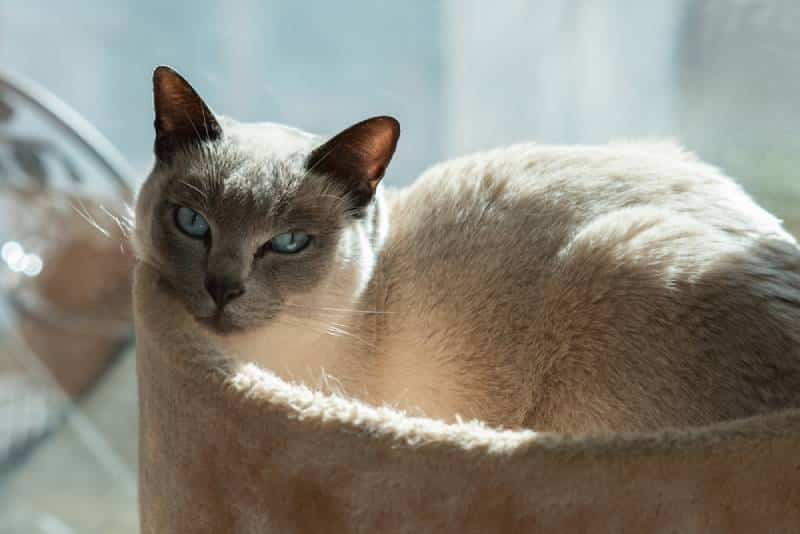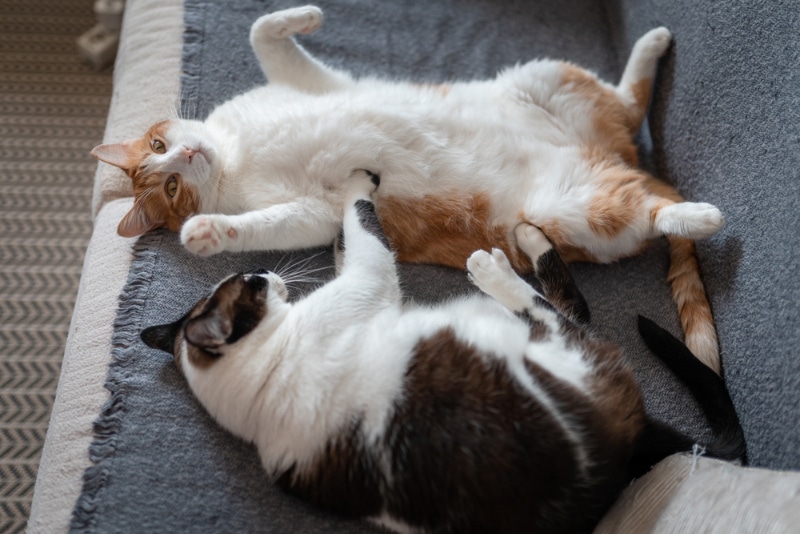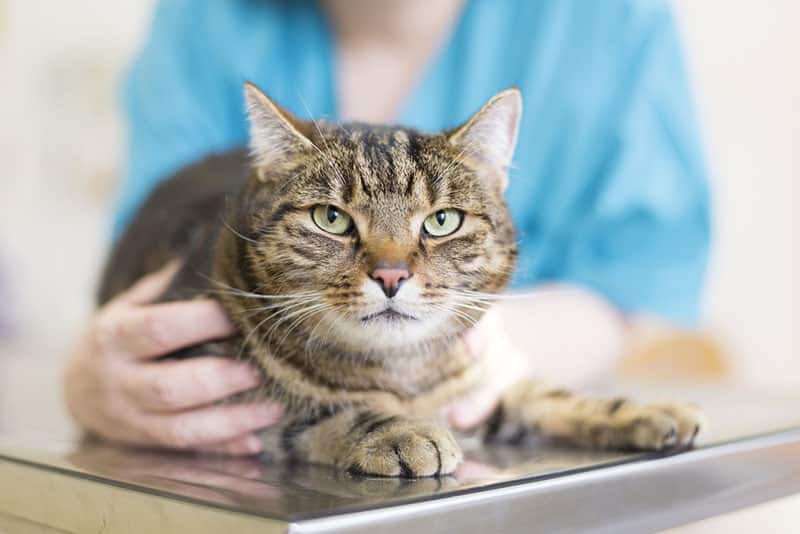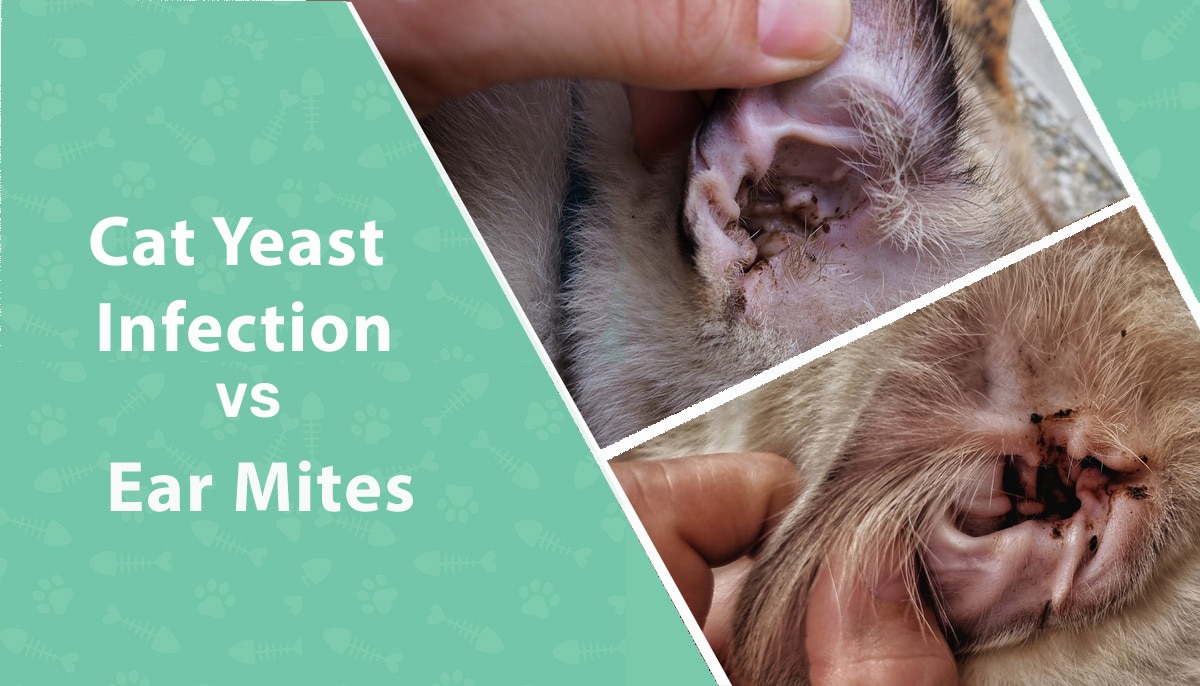Click to Skip Ahead
Determining the sex of your cat can be confusing, especially if they are a kitten or are still young, as it is not always obvious. Given that male cats do not have visible testicles until they are approximately 6–10 weeks old, it can make this task trickier. Oddly enough, sometimes the color of your cat can help give away their sex, or at least give big clues. For example, tortoiseshell cats are usually almost always female, while approximately 80% of ginger cats are male1.
The only way to ascertain a definite answer to their sex, however, is to check their genital areas, which we will guide you through for both a male cat and a female cat, thus making it clearer for you.
If you are purchasing your cat from a breeder, store, or rescue center, they will have sexed the kitten or cat already, or you can ask your veterinarian if you are unsure.
Where to Start When Determining the Sex of Your Cat
Preparation is always key, and there are a couple of simple and common-sense approaches for you to consider before trying to sex your cat. Whatever the scenario as to why you need or wish to find out the sex of your cat, try to establish a good, calm, and trusting relationship with your kitty. Tension and aggravation are not helpful with felines, especially when you will be handling them.
Don’t forget cats will read and pick up on your energy first. Tackle this part first and it makes the next stage—the actual examination—easier, as they will be more relaxed.

How to Tell if Your Cat Is Male
To determine the sex of a male cat, your cat needs to be in a secure and standing position. You can have a second person hold or steady your cat for you if your cat won’t stand still. Place yourself at the rear end of your cat and lift up their tail. Keep holding it upright, as this provides a good view of their genitals.
You are assessing the whereabouts of their genital anatomy and the distances between them. You will notice a small, circular pink structure, and this is the cat’s anus. A male cat who has their testicles descended (i.e. visible) and is still intact will have two (or possibly one if they have a retained testicle) small balls located under their anus in their scrotum. Underneath their testicles is the prepuce containing the penis and this looks like a small, round shape or dot.
Testicles won’t be visible until a kitten reaches 6 to 10 weeks of age, but you may be able to see some excess fur and tissue between the anus and prepuce. The testicles are around the size of a cherry stone in a kitten and so can also be hard to palpate. As the tom cat matures they increase in size (to around the size of a small marble) and become easier to see.
If the testicles have been removed due to neutering, or they are retained in the abdomen, the ball-type structures will be missing. However, the distance between the anus and the prepuce and penis is greater (longer) than that of a female cat, whether the testicles are in between these two structures or not.
The distance between the anus and the prepuce in the adult male cat is usually around 1 inch (or more) to give you a rough measurement. In male kittens the spacing is around half an inch. The length of this distance will be your deciding factor, along with a visible, round-shaped prepuce area.
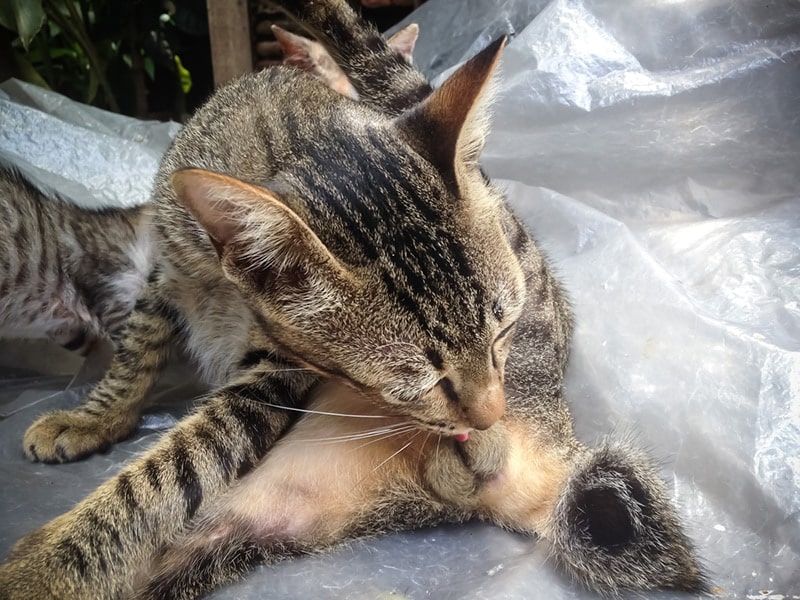
How to Tell if Your Cat Is Female
Once again, your cat needs to be in a secure and standing position, and you can have a second person hold or steady your cat. Place yourself at the rear end of your cat and lift their tail. Under the cat’s anus will be the vulva (vaginal opening). This is the female’s external genitalia and has the appearance of a vertical slit.
The vulva sits closer to the anus when compared to the male anatomy, and the distance between the anus and the vulva is less than half an inch, making them sit much closer together. Even if a female cat is spayed, their outward appearance remains the same, as their reproductive organs are removed internally.
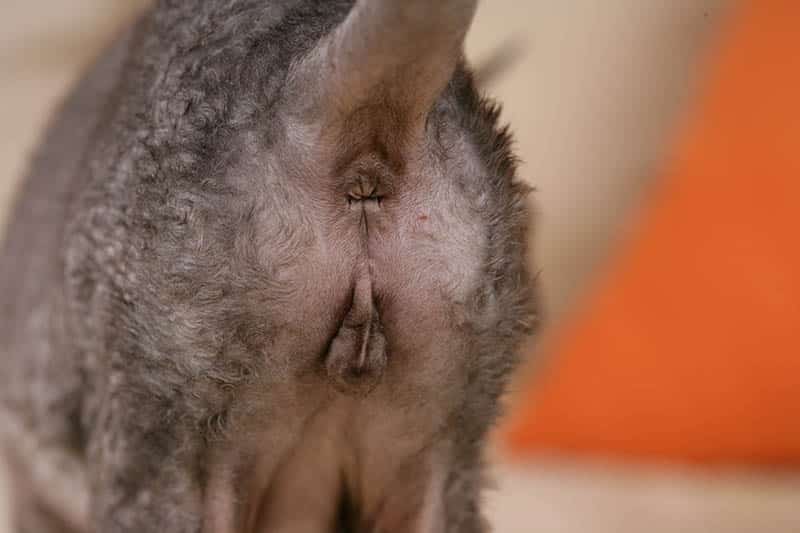
Conclusion
Once you know what you’re looking for, determining the sex of a cat is relatively easy, although mistakes do happen! If you are unsure, consult with your vet. It isn’t a long or stressful process to figure out their sex. However, it is a skill worth having, as knowing the gender of your cat can prevent many mishaps and give you clues if any behavioral or health problems were to arise.
See also:
- Songs About Cats: Catster’s Top 20 Kitty Tracks
- Why Do Tabby Cats Have an “M” on Their Forehead? History & Legend
Featured Image Credit: Yehoshua Halevi, Shutterstock

